Ukraine has received a series of modern Western tanks, but may have to use them for winter defense, waiting for the opportunity to counterattack next year.
Nearly two years after the outbreak of war with Russia, Ukraine has acquired many advanced Western main battle tanks such as the German Leopard 2, the British-aided Challenger 2 and the US-delivered M1A1 Abrams. However, these tanks have so far failed to become the "silver bullet" that can change the situation on the battlefield.
Some Western experts say Ukraine must now calculate the best way to use its limited Western tanks as winter approaches, the counteroffensive reaches a stalemate and Russia steps up its attacks.
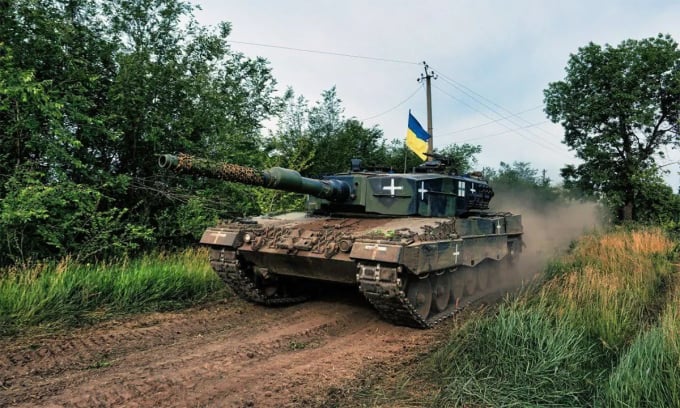
Leopard 2A4 tanks of the 33rd Mechanized Infantry Brigade of Ukraine. Photo: Twitter/AndreiBtvt
During Ukraine's counteroffensive campaign this summer, Leopard 2 and Challenger 2 tanks were expected to be game-changers on the battlefield.
“Western tanks are superior to the best models Russia is using in its war with Ukraine,” said Gian Gentile, deputy director of the Arroyo Center for Advanced Defense Systems at the RAND Corporation in the United States. “They have better protection with active defense systems and are equipped with advanced fire control systems, optics and ammunition.”
However, Ukrainian units operating Western tanks suffered significant losses in the initial stages of the counteroffensive, forcing Kiev to limit their deployment to the front line.
Gentile pointed out that the first reason was that Western tanks encountered Russia's overly fortified defense system, with minefields, dense obstacles and superior artillery firepower, while Ukraine did not have a strong enough air defense or air force to dominate the sky and provide fire support for the tanks to break through.
The moment a Ukrainian Challenger 2 tank was shot and burned on September 6. Video: Telegram/Frontbird
The second reason is that tanks rarely engage in direct combat in the Russia-Ukraine conflict. This prevents Ukrainian soldiers from taking advantage of the accurate firepower of Western tanks to fight Russian tanks.
These challenges raise concerns about how best to operate the Western tanks, as the counteroffensive has stalled and winter approaches, with the risk of a major Russian offensive following a period of defensive retreat.
Russian forces are laying siege to the Ukrainian stronghold of Avdeevka and preparing for potential counter-offensives on the eastern front as enemy advances stall.
“As the fighting subsides, Russia has more time to continue to build, consolidate, and expand its defense capabilities,” said Seth Jones, director of the Transnational Threats Project at the Center for Strategic and International Studies (CSIS), a US-based think tank. He predicted that Moscow would launch a counteroffensive soon, even in the winter.
This expert believes that in the face of a new Russian offensive, Ukraine will have to study how to utilize the approximately 300 Western tanks it has received to strengthen its defense capabilities.
Western tanks were designed for assault tactics, but they were also well suited to being deployed in fortifications to act as "mobile bunkers" to stop the advance of Russian forces.
“I think these tanks will be useful defensively,” Jones said. “Russian forces will attack again sooner or later, and Western tanks and some of the defenses that Ukraine is building will be useful in repelling the Russian advance.”
According to expert Gentile, keeping Western tanks in fortifications to perform defensive tasks also helps Ukraine preserve valuable firepower, accumulating more forces to serve the counterattack campaign that may take place next year.
To do this, Ukrainian forces will have to inflict maximum damage on Russia throughout the winter and into early next year. Ukraine will also have to find a more effective way to counter Russia’s suicide drones, which are increasingly being used to hunt tanks hiding behind fortifications.
Russian drone attacks weak points on Ukrainian Leopard tanks. Video: Telegram/BOBRMORF
Another hurdle in the plan is how to keep Western tanks operational during the long winter, when they require complex supply chains and repair procedures, completely different from the Soviet-era tanks Ukraine possesses.
In addition, many question whether the West will provide additional tanks to Ukraine, given Kiev’s dependence on NATO-standard weapons. Disagreements and cracks in the Western bloc over military aid to Ukraine make many skeptical about Kiev’s ability to have spares to replace any of its modern tanks destroyed by Russia, Gentile warned.
Nguyen Tien (According to Business Insider )
Source link


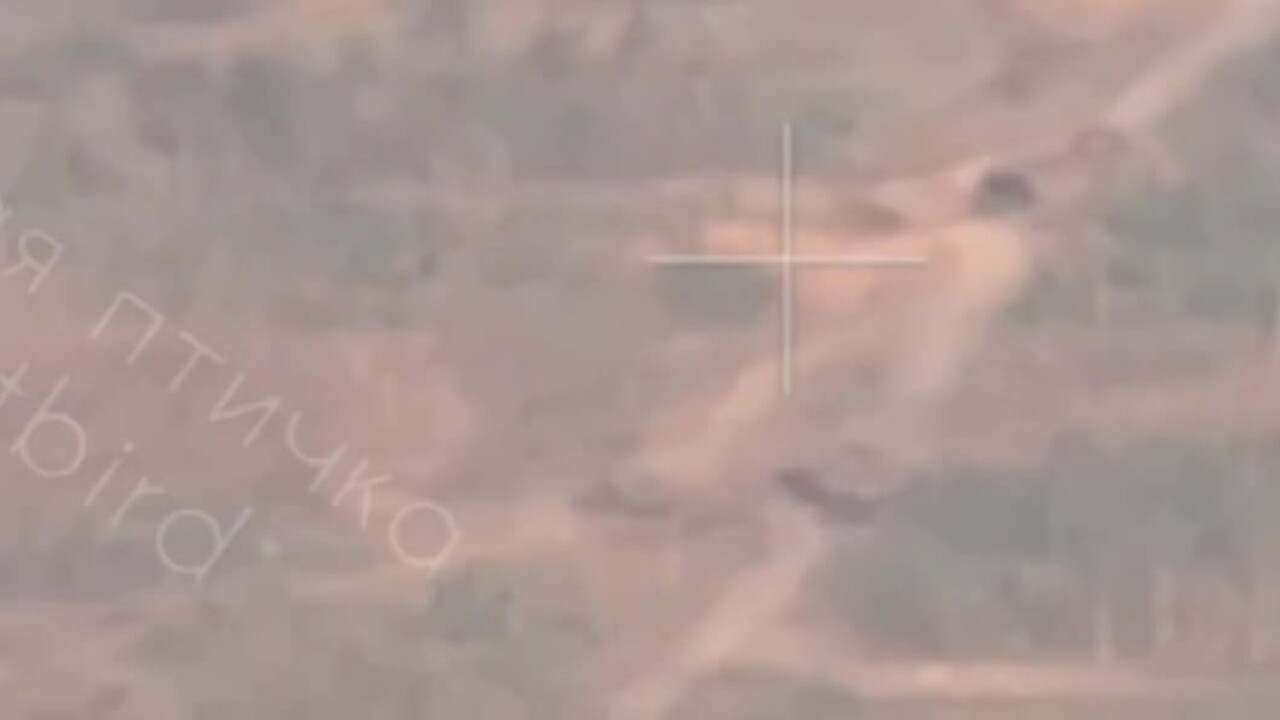
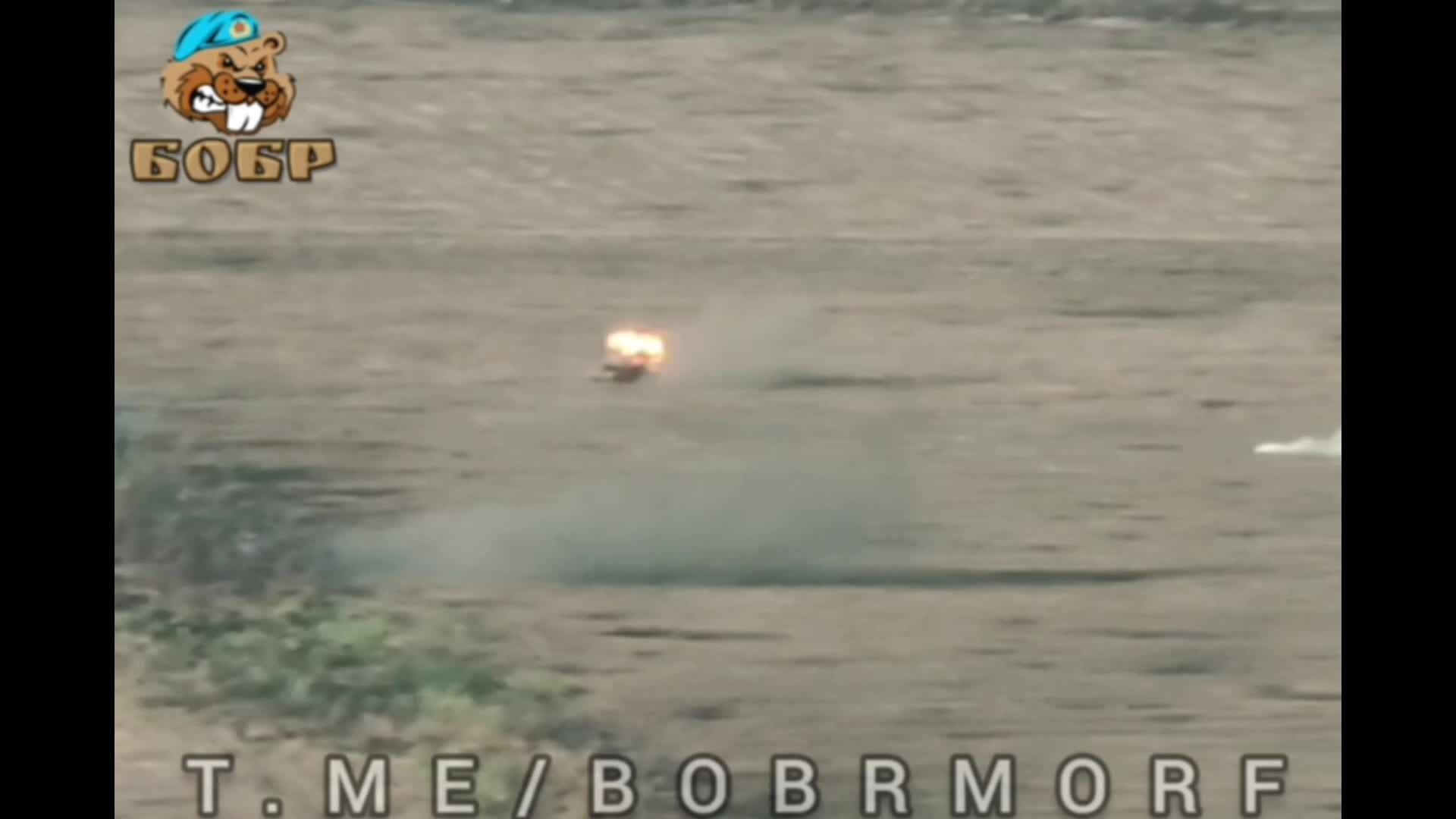
![[Photo] Promoting friendship, solidarity and cooperation between the armies and people of the two countries](https://vstatic.vietnam.vn/vietnam/resource/IMAGE/2025/4/17/0c4d087864f14092aed77252590b6bae)
![[Photo] Nhan Dan Newspaper announces the project "Love Vietnam so much"](https://vstatic.vietnam.vn/vietnam/resource/IMAGE/2025/4/17/362f882012d3432783fc92fab1b3e980)

![[Photo] Closing of the 4th Summit of the Partnership for Green Growth and the Global Goals](https://vstatic.vietnam.vn/vietnam/resource/IMAGE/2025/4/17/c0a0df9852c84e58be0a8b939189c85a)
![[Photo] National Assembly Chairman Tran Thanh Man meets with outstanding workers in the oil and gas industry](https://vstatic.vietnam.vn/vietnam/resource/IMAGE/2025/4/17/1d0de4026b75434ab34279624db7ee4a)
![[Photo] General Secretary To Lam receives French Ambassador to Vietnam Olivier Brochet](https://vstatic.vietnam.vn/vietnam/resource/IMAGE/2025/4/17/49224f0f12e84b66a73b17eb251f7278)
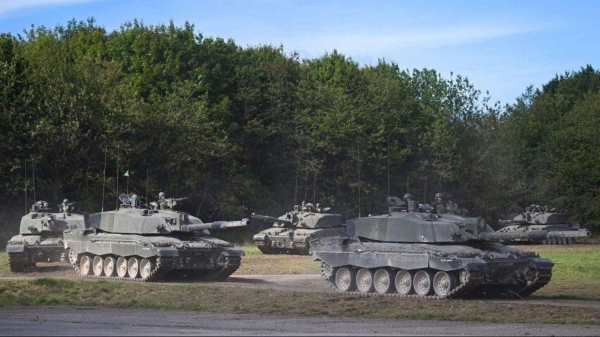

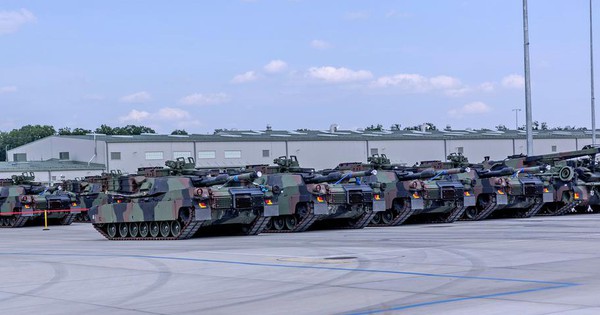

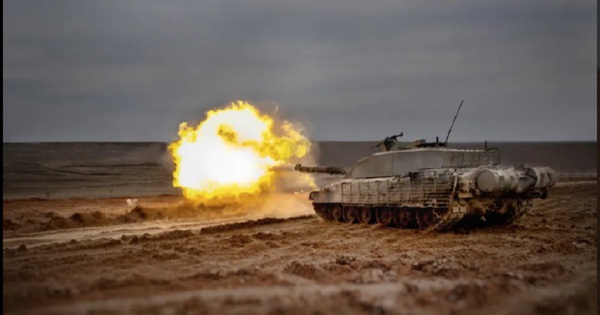
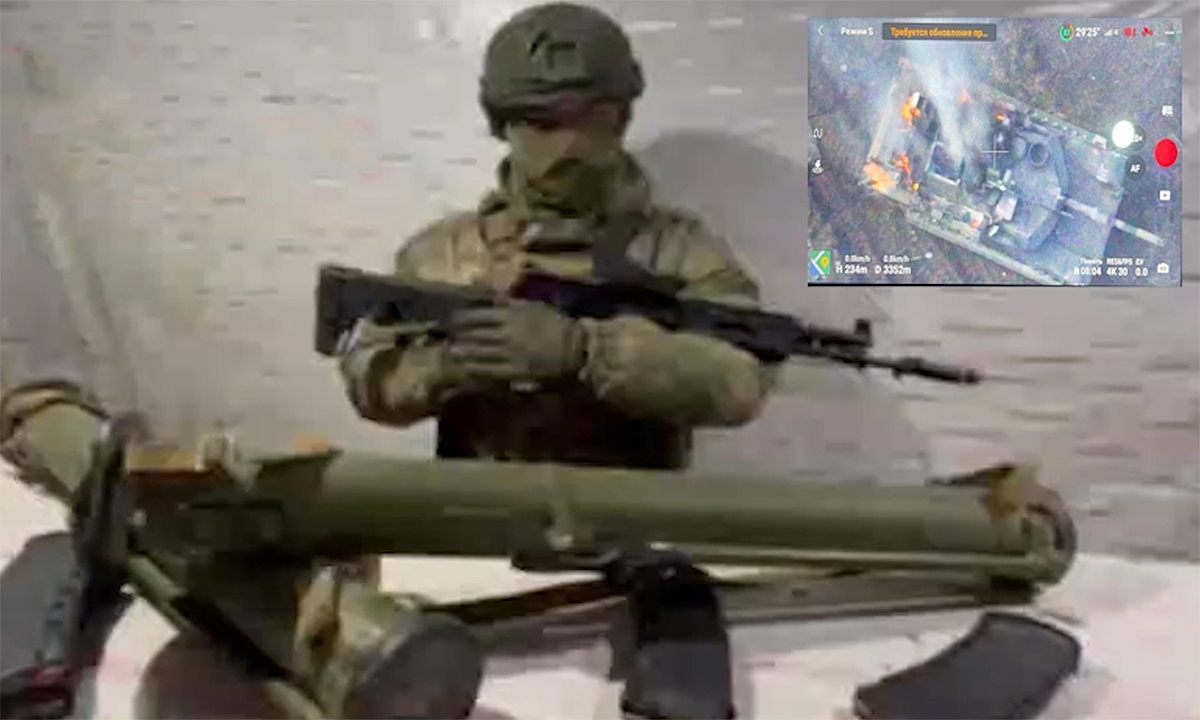
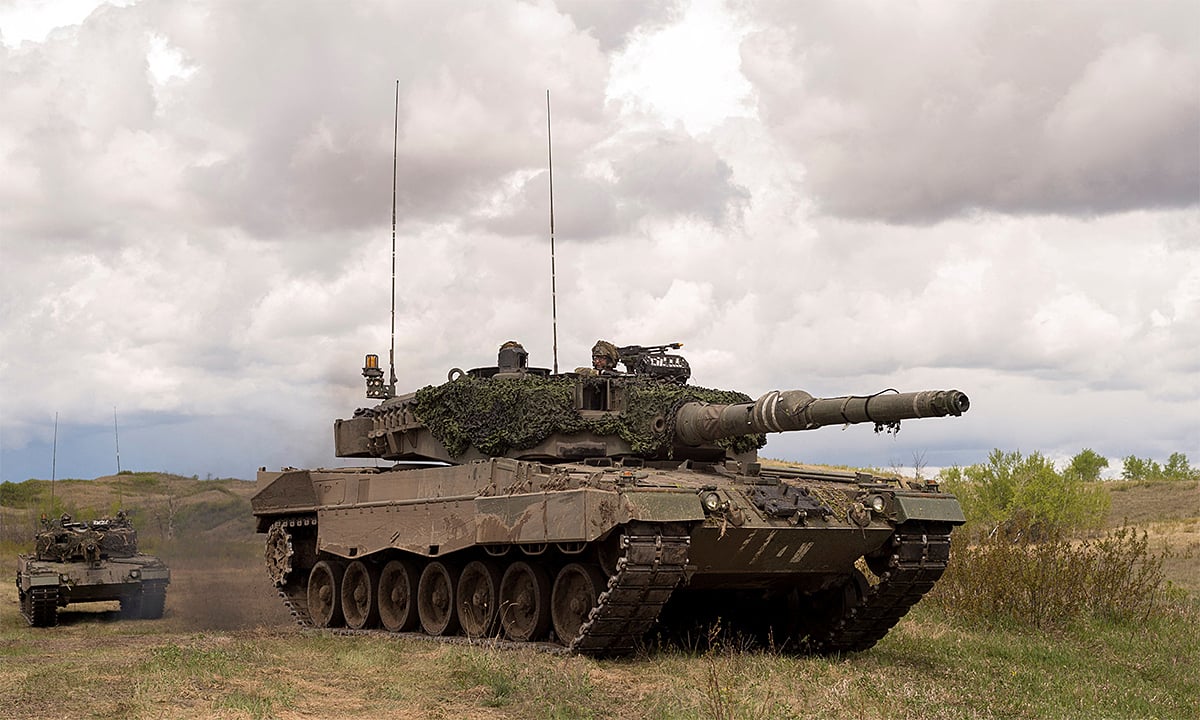
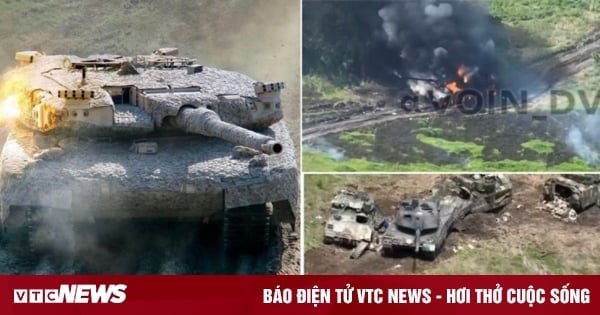



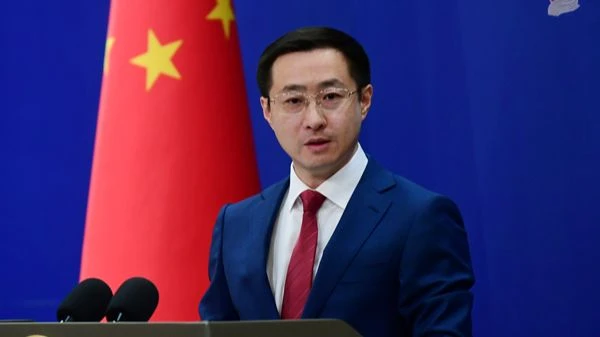
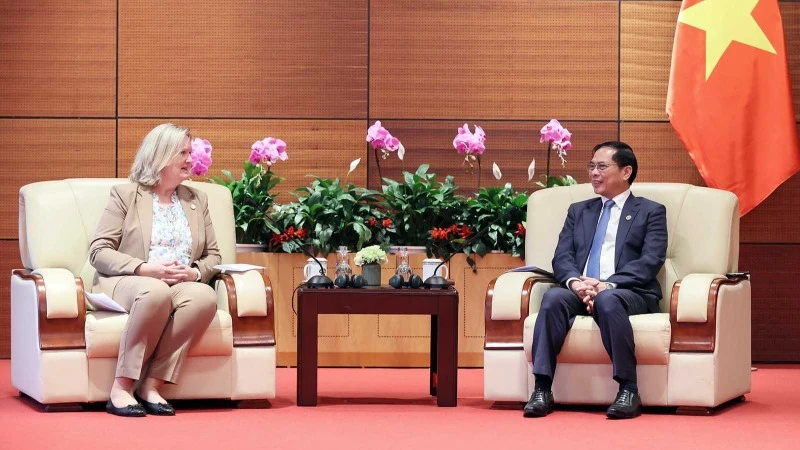

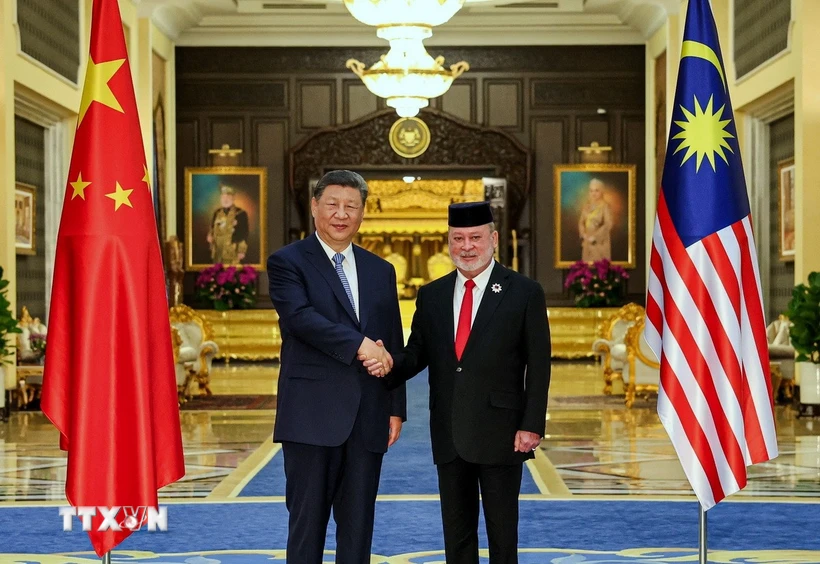










![[Photo] Welcoming ceremony for Chinese Defense Minister and delegation for friendship exchange](https://vstatic.vietnam.vn/vietnam/resource/IMAGE/2025/4/17/fadd533046594e5cacbb28de4c4d5655)



















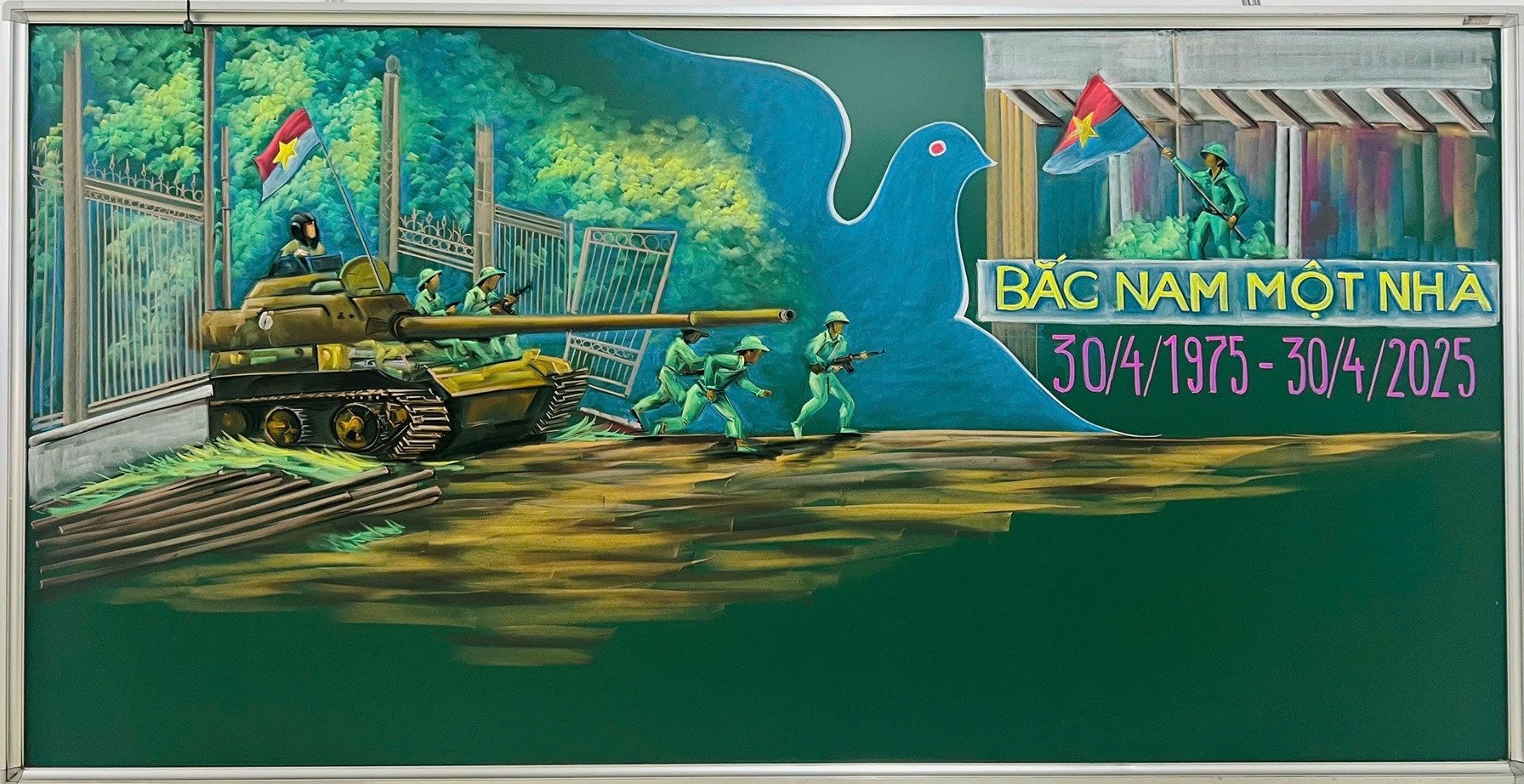
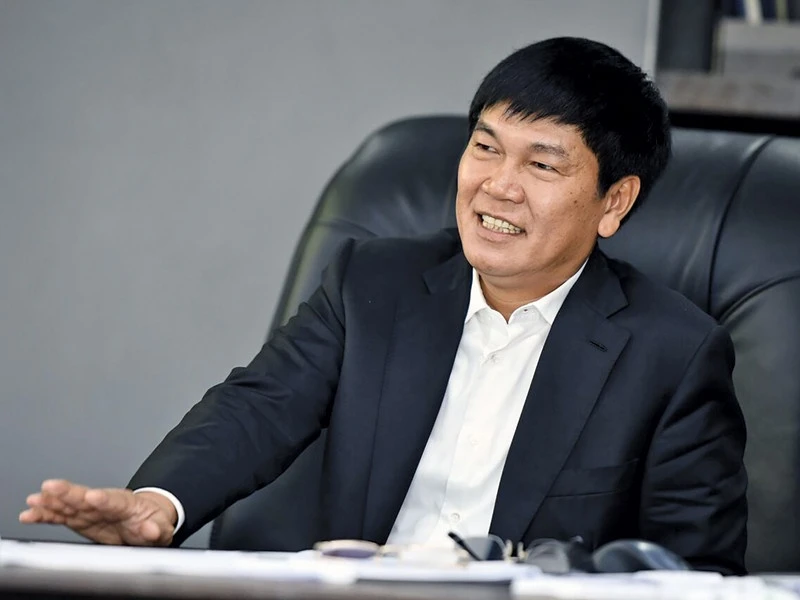

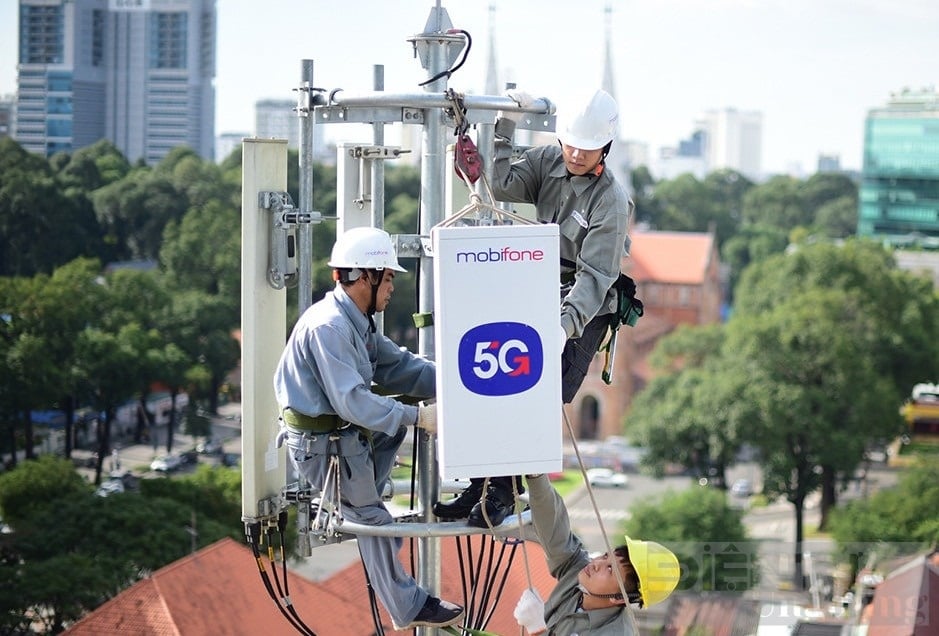

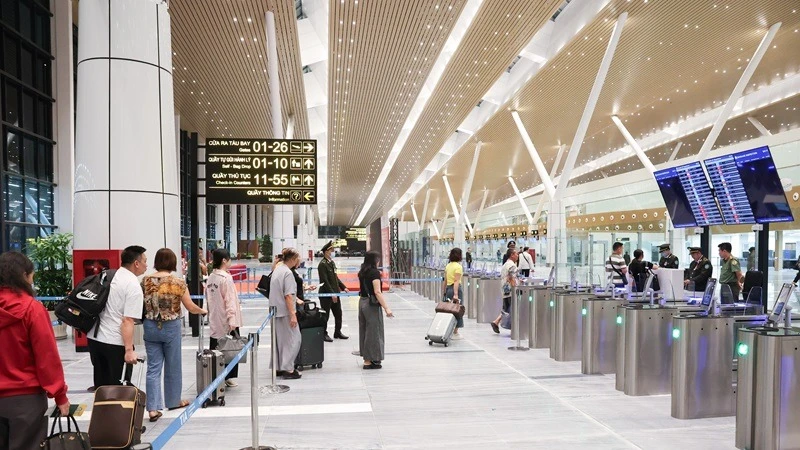

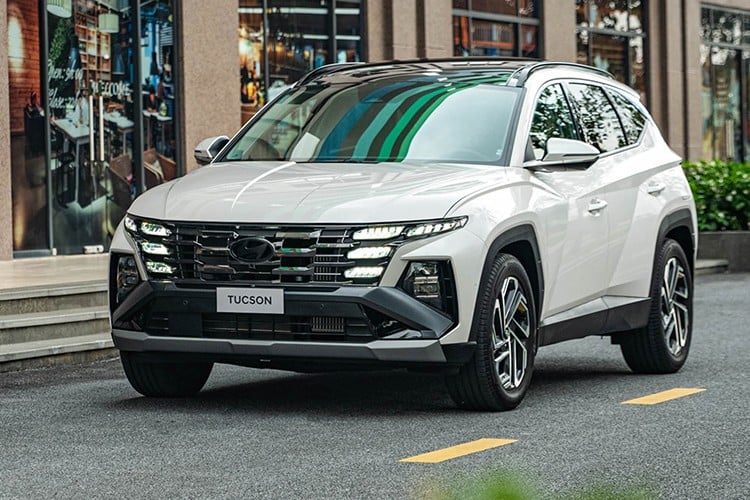

![[Video] Viettel officially puts into operation the largest submarine optical cable line in Vietnam](https://vstatic.vietnam.vn/vietnam/resource/IMAGE/2025/4/17/f19008c6010c4a538cc422cb791ca0a1)
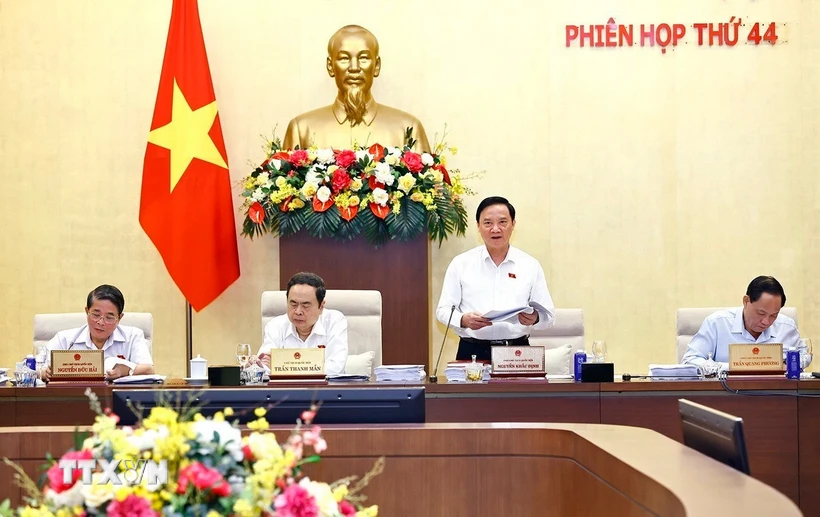
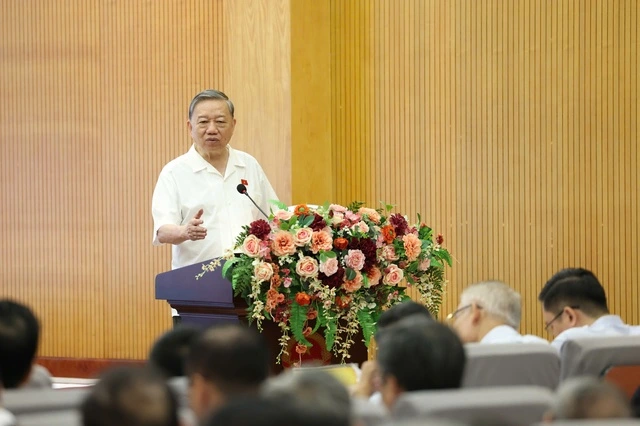
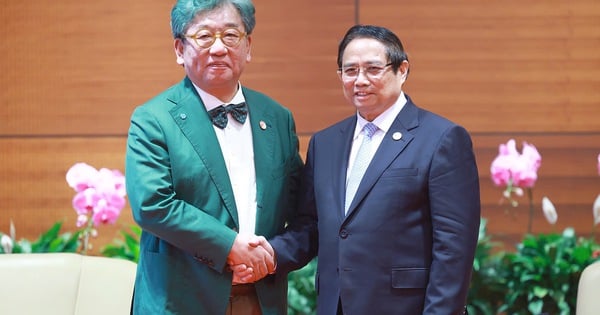

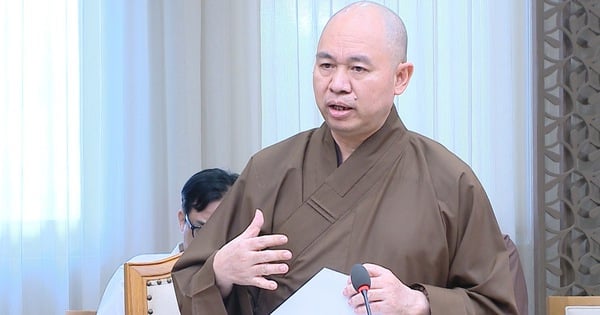
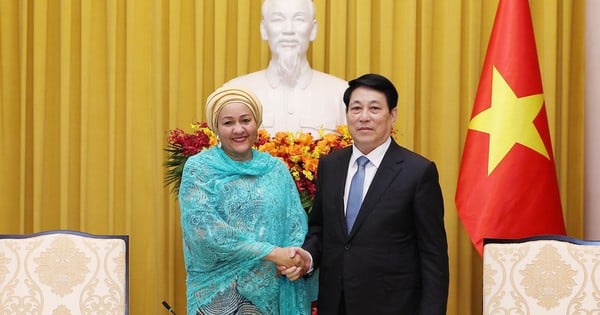


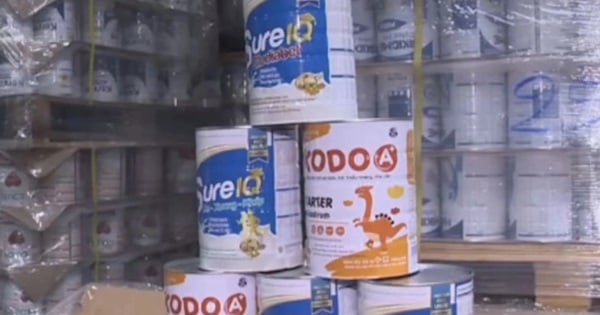





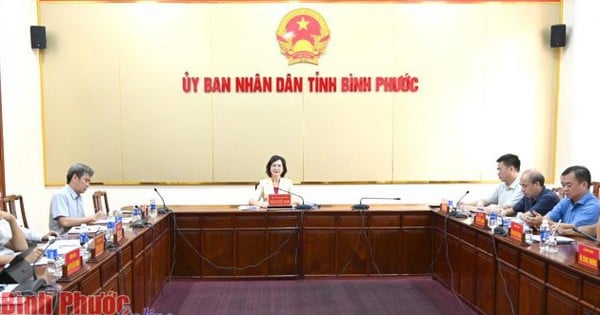

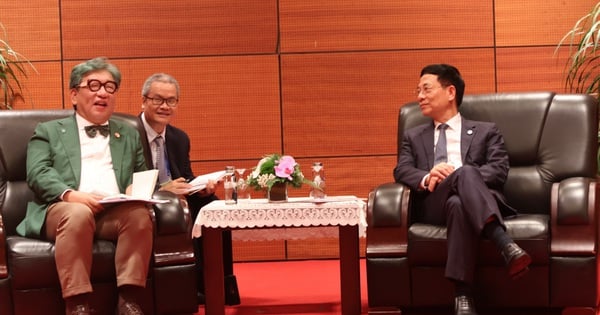





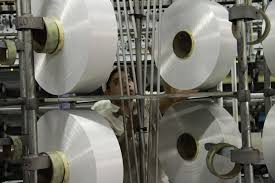



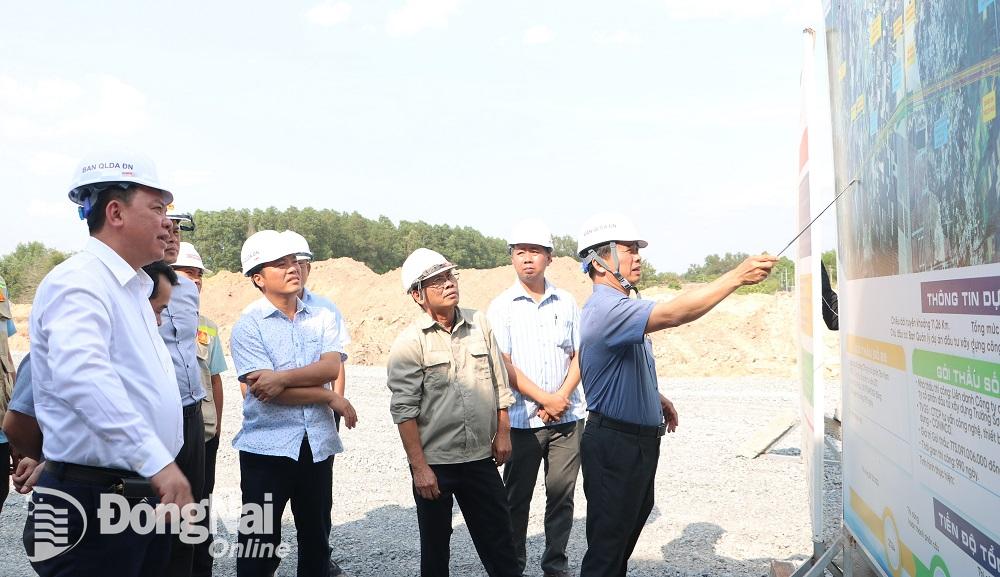




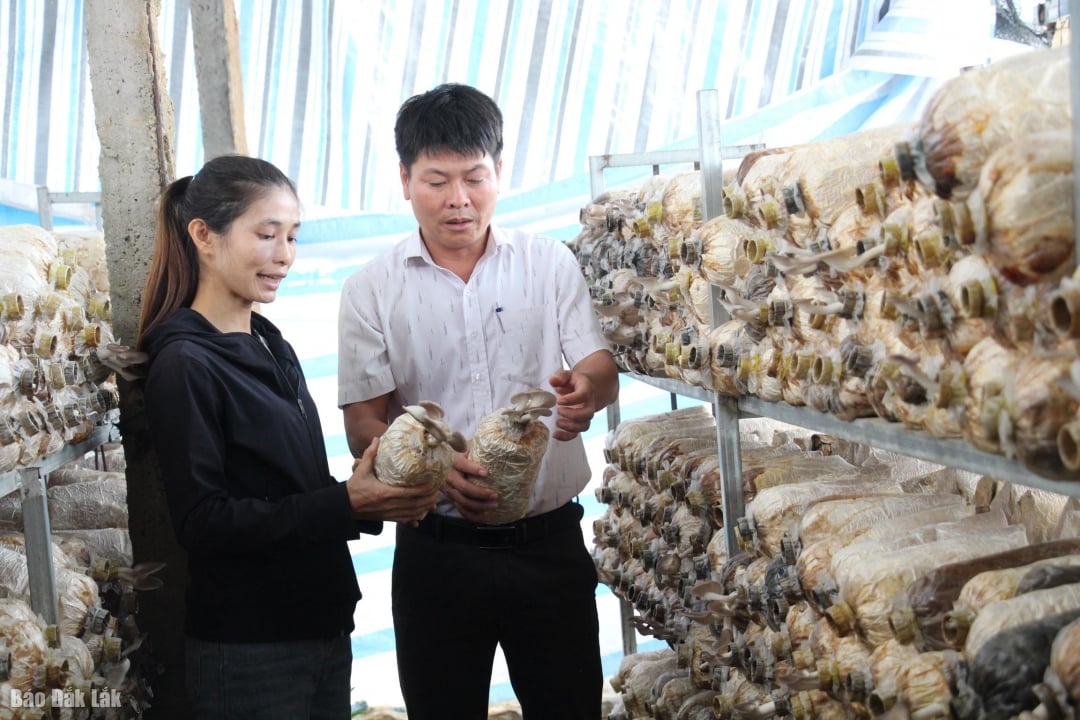





Comment (0)